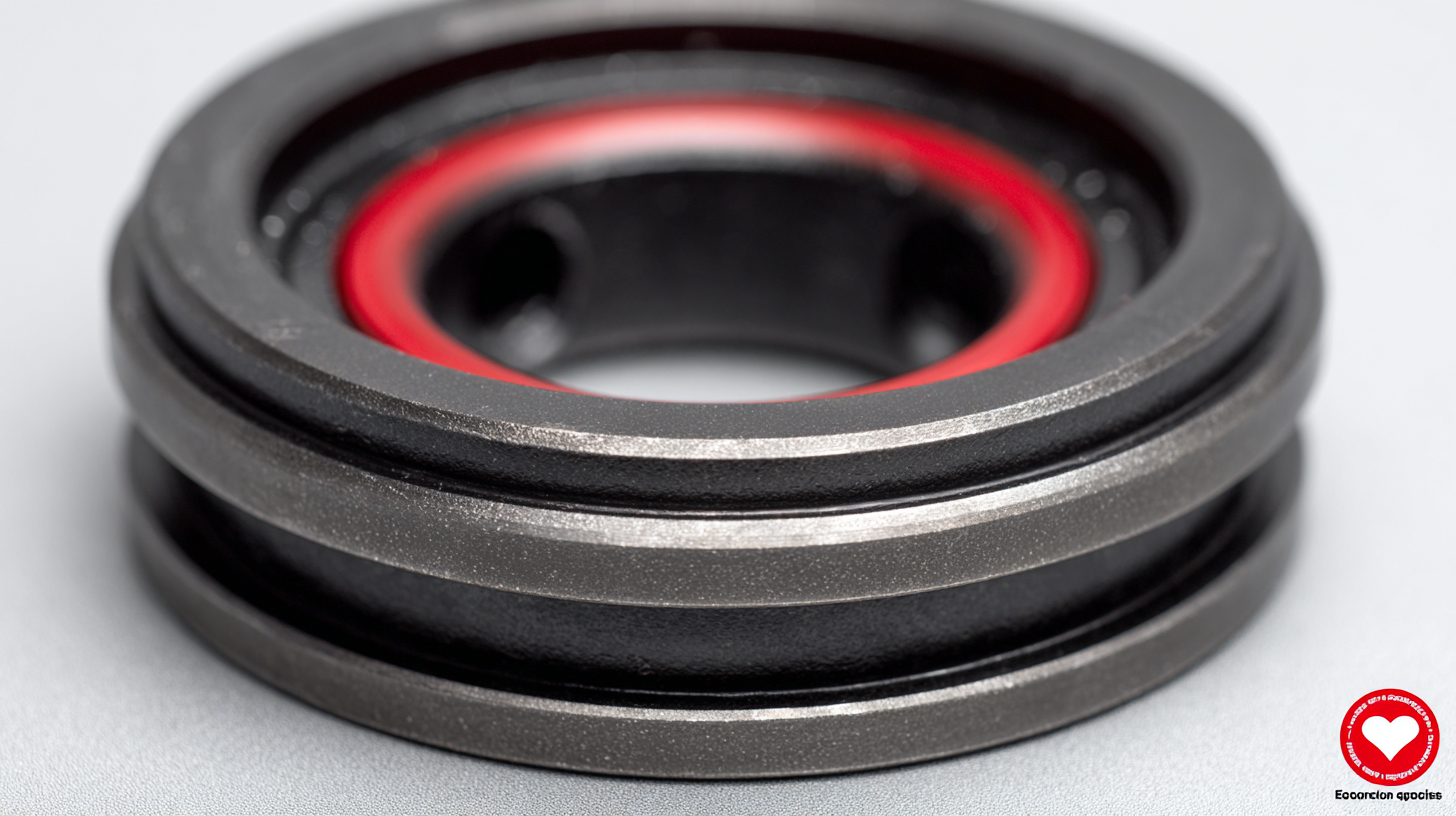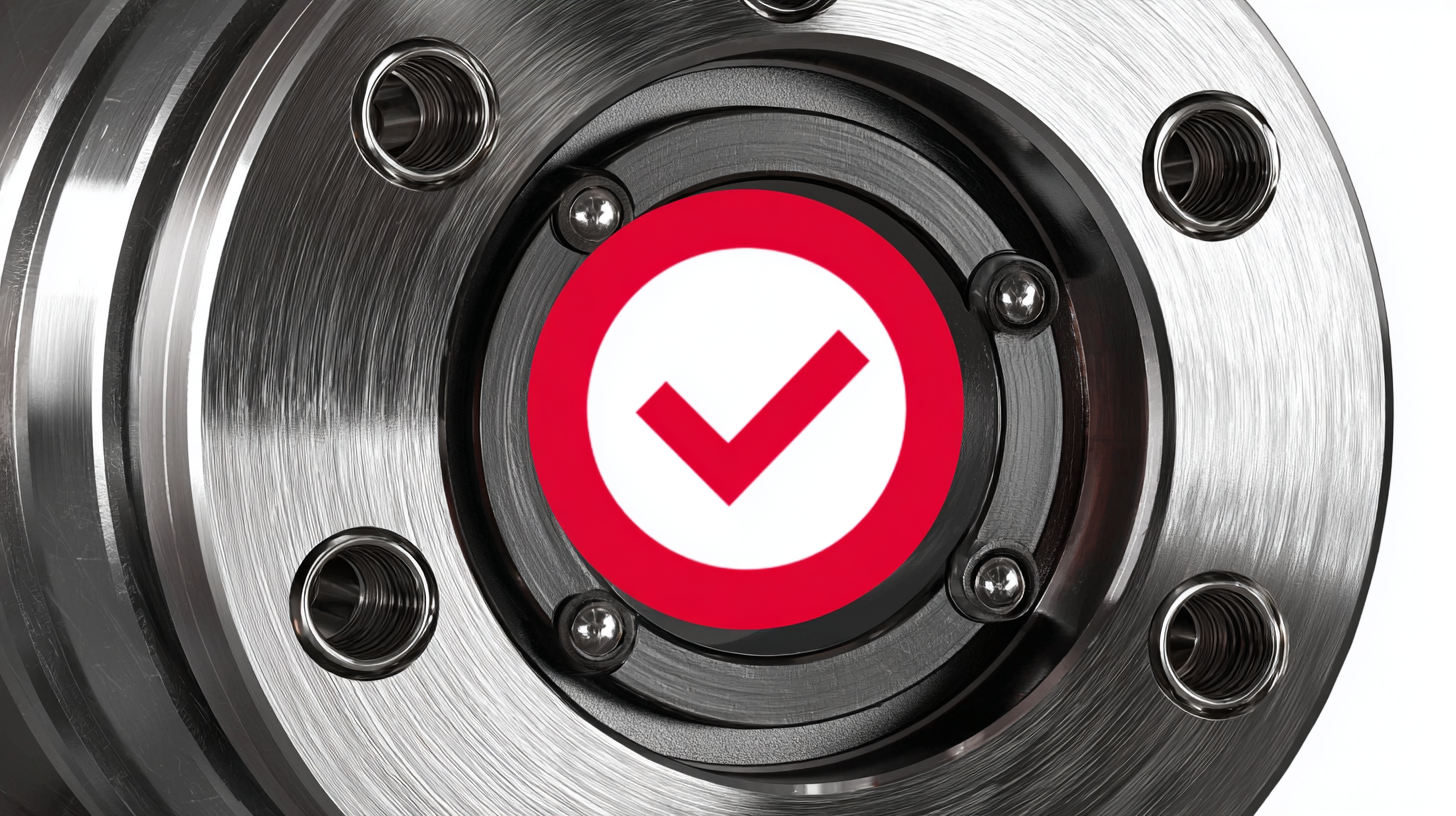

In an era where global competition is fiercer than ever, the quality of hydraulic pump seals plays a pivotal role in the performance and longevity of hydraulic systems. According to a recent industry report by MarketsandMarkets, the global hydraulic seal market is projected to reach $5.1 billion by 2025, indicating a significant demand for high-quality sealing solutions driven by the rise in automation and advanced manufacturing processes.
 Hydraulic pump seals are crucial components designed to prevent fluid leaks and contamination, ensuring optimal operation under varying pressures and temperatures. As industries worldwide strive for efficiency and reliability, understanding the top five industry standards for these seals becomes essential for manufacturers seeking to enhance product performance while adhering to international quality benchmarks.
Hydraulic pump seals are crucial components designed to prevent fluid leaks and contamination, ensuring optimal operation under varying pressures and temperatures. As industries worldwide strive for efficiency and reliability, understanding the top five industry standards for these seals becomes essential for manufacturers seeking to enhance product performance while adhering to international quality benchmarks.
This blog will delve into the critical standards that not only bolster the reliability of hydraulic systems but also enable Chinese manufacturers to meet global demands and establish their reputation on the world stage.
Hydraulic pump seals play a crucial role in ensuring the efficiency and longevity of hydraulic systems across various modern industries. These seals are essential for preventing fluid leakage, which can lead to significant operational losses and machinery failures. In applications ranging from construction and manufacturing to automotive and aerospace, the integrity of hydraulic pump seals directly impacts productivity and safety. Understanding their importance is vital for industry professionals aiming to maintain optimal performance in their hydraulic systems.
In today's rapidly evolving industrial landscape, the selection of high-quality hydraulic pump seals is paramount. Factors like material compatibility, temperature resistance, and pressure ratings must be carefully considered to ensure reliability in demanding environments. With the advancement of technology, newer materials and designs have emerged to enhance the performance of hydraulic seals, contributing to improved efficiency and reduced maintenance costs. By prioritizing the right standards and practices for hydraulic pump seals, industries can significantly benefit from reduced downtime and extended equipment life.
In the evolving landscape of hydraulic pump seals, key materials and technologies play a crucial role in enhancing performance and efficiency. Recent advancements in additive manufacturing are particularly noteworthy, offering innovative solutions for creating intricate seal designs that traditional manufacturing may struggle to achieve. The use of 3D printing allows for the customization of seal geometries and properties, enabling manufacturers to optimize hydraulic pump seals for specific applications, which is essential for industries demanding high precision and reliability.
Moreover, the shift towards compact hydraulic systems is driving the development of more efficient seal materials. As industries such as aerospace and automotive prioritize sustainability, the integration of advanced materials that offer better resistance to wear and corrosion is paramount. The focus on eco-friendly materials alongside cutting-edge production techniques not only improves the lifespan of hydraulic seals but also aligns with the broader objective of achieving sustainable development goals. These innovations are paving the way for hydraulic systems that are not only more effective but also environmentally conscious.

When it comes to hydraulic pump seals, ensuring optimal seal performance is crucial for the longevity and efficiency of hydraulic systems. According to a report from the International Fluid Power Society, nearly 40% of fluid power system failures result from seal-related issues, highlighting the importance of adhering to industry standards. One of the key standards is ISO 9001, which ensures that manufacturing processes are consistently monitored and improved, leading to higher quality seals. Additionally, adherence to ASTM D2000 specifications guarantees that seals are made from materials that can withstand specific temperature and pressure conditions, which is vital for performance.
Another crucial standard is the SAE J1176, which outlines the performance criteria for hydraulic seals under various operational conditions. This standard not only focuses on material durability but also emphasizes compatibility with different hydraulic fluids. Furthermore, the use of the DIN 3869 standard assists manufacturers in achieving better seal retention and minimizing leakage, thereby significantly reducing maintenance costs. By implementing these industry standards, manufacturers can improve seal performance, resulting in safer and more efficient hydraulic systems.
Hydraulic pumps are vital components in various industrial applications, relying heavily on effective sealing solutions to maintain performance and prevent leaks. One of the common challenges in hydraulic pump sealing is dealing with pressure fluctuations, which can lead to premature seal wear or failure. To mitigate this issue, engineers often use seals specifically designed to accommodate dynamic changes in pressure, ensuring a tight seal even under fluctuating conditions. Advanced materials and innovative sealing designs can provide enhanced durability, significantly reducing maintenance costs and downtime.
Another significant challenge is the impact of temperature variations on seal integrity. Hydraulic systems often experience significant temperature ranges, which can alter the physical properties of seal materials. To overcome this, selecting seals made from high-performance materials that can withstand extreme temperatures is essential. Additionally, regular monitoring of temperature and pressure levels in hydraulic systems allows for timely interventions before seal failure occurs. By addressing these challenges with the right sealing solutions, industries can improve the reliability and efficiency of their hydraulic systems, ultimately leading to better operational outcomes.

The hydraulic pump seal industry is undergoing significant innovation, driven by the need for enhanced efficiency and durability. According to the MarketsandMarkets report, the global hydraulic seals market is expected to reach USD 5.3 billion by 2026, growing at a CAGR of 5.2%. This growth is largely attributed to advancements in material technology, leading to the development of seals that can withstand extreme pressures and temperatures, extending the lifespan of hydraulic systems. Manufacturers are increasingly integrating materials such as PTFE and advanced elastomers, which offer superior resistance to wear and environmental factors.
Future trends in hydraulic pump seal development are also leaning towards sustainable practices. A recent study from the International Fluid Power Society highlighted that the adoption of bio-based seal materials is on the rise, aligning with global efforts to reduce environmental impact. Notably, seals made from renewable resources not only contribute to sustainability but also exhibit exceptional performance characteristics in terms of sealing integrity and function. As industries increasingly focus on innovation and sustainability, the hydraulic pump seal market continues to evolve, promising significant advancements in performance and eco-friendliness.